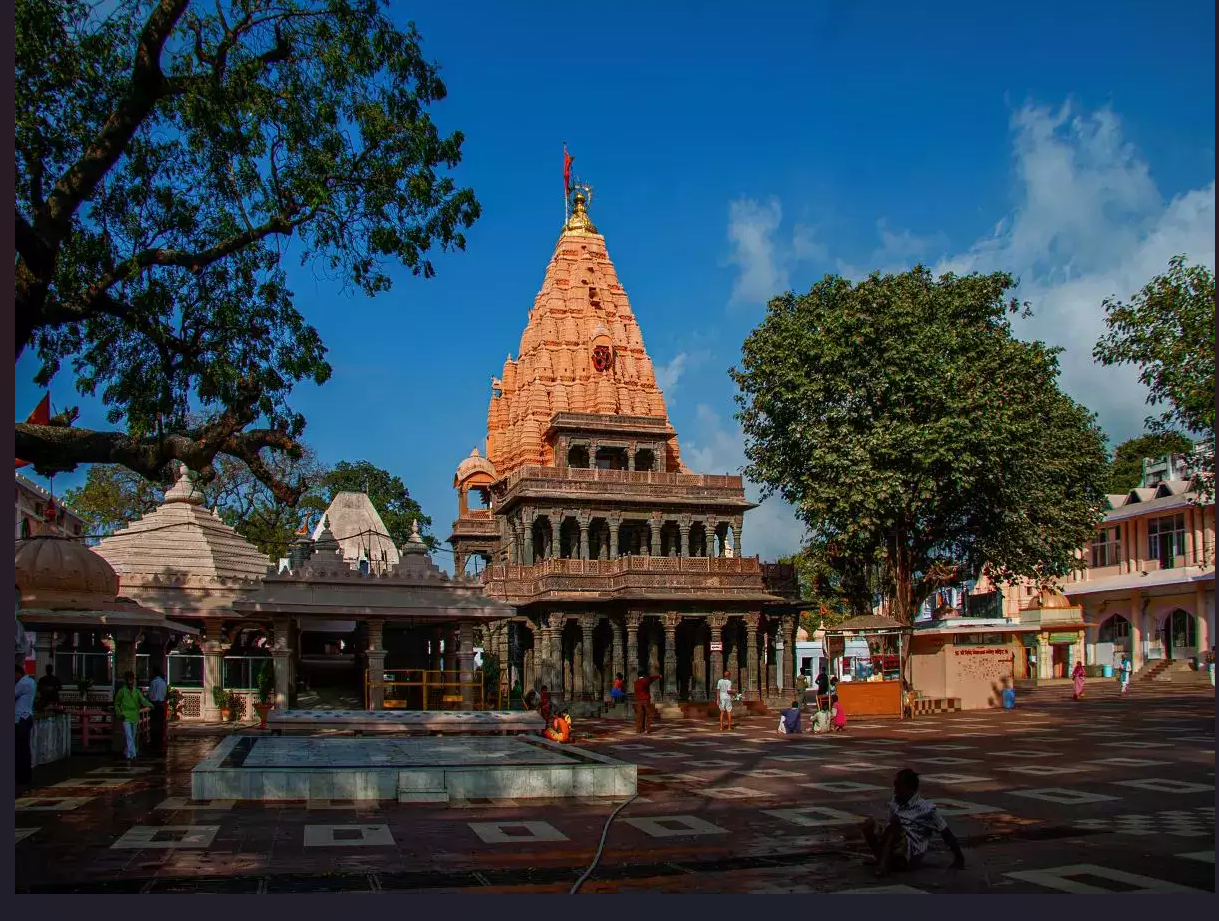Ujjain
-
Ujjain – The Eternal City on the Banks of the Sacred Shipra
Modern Ujjain, located on the banks of the holy River Shipra, has been regarded as a sacred city since ancient times. The river’s sanctity finds its roots in the Hindu mythological tale of the Samudra Manthan (churning of the ocean) by the Gods and the Demons, with the serpent Vasuki as the rope. During this celestial event, the ocean first yielded fourteen precious gems, followed by Goddess Lakshmi, and finally the divine vessel containing Amrit (nectar of immortality). In the struggle that ensued, drops of the nectar spilled across four places—Haridwar, Nasik, Prayag, and Ujjain—making them the holiest of pilgrimage sites where the grand Kumbh Mela is celebrated even today.
Situated on the eastern banks of the Shipra in the Malwa plateau, Ujjain is one of India’s oldest cities and an important center of religion, culture, and astronomy. Once the glorious capital of ancient Avanti and the seat of the legendary King Vikramaditya, Ujjain flourished as a hub of learning, spirituality, and governance. It is also intimately associated with great poets and scholars like Kalidasa, who immortalized the city in his works.
For Hindus, Ujjain is one of the seven sacred cities (Sapta Puri) where salvation is believed to be attainable. The city is dotted with countless temples, the most prominent being the Mahakaleshwar Jyotirlinga, one of the twelve Jyotirlingas of Lord Shiva, which draws devotees from across the world. Apart from its spiritual aura, Ujjain also gained significance as a scientific and intellectual hub. According to scriptures, parts of the Skanda Purana were composed here, and ancient scholars considered Ujjain to be the “center of the earth,” making it an ideal location for astronomical observations. The Vedh Shala (Observatory), built by Raja Jai Singh in the 18th century, stands as a testimony to this scientific heritage.
Tourists visiting Ujjain today can explore a blend of spirituality, history, and culture. The town offers a variety of attractions—from ancient temples and sacred ghats on the Shipra to palaces, heritage structures, and vibrant local traditions. The city also hosts grand festivals like the Kumbh Mela (Simhastha) once every 12 years, where millions of devotees gather to take a holy dip in the river.
Ujjain’s timeless charm lies in its ability to connect the past with the present. While it continues to be a spiritual heartland for Hindus, it also stands as a living museum of India’s cultural and intellectual legacy. A tour to Madhya Pradesh remains incomplete without experiencing the eternal essence of Ujjain.

Trips
& tours
Choose M.P Holidays®
- Approved by “The Ministry of Tourism” (Approval No: 2203270HE874)
- “The Official No.1 Channel Partner” of M.P Tourism (Registration No: MP-TOUR-20221/131888)
- We are Awarded “The Best Travel Agent” by M.P. Government for the three consecutive years. (2016, 2017 and 2018)
- Having offices at
- Surat
- Indore
- Ahmedabad
- Pachmarhi
- Nagpur
- Kanha
- Discover Madhya Pradesh from major cities like Surat, Ahmedabad, Delhi, Mumbai, Nagpur, Pune and beyond—experience the best of India, no matter where you start.
- Own resort at Madhya Pradesh.












